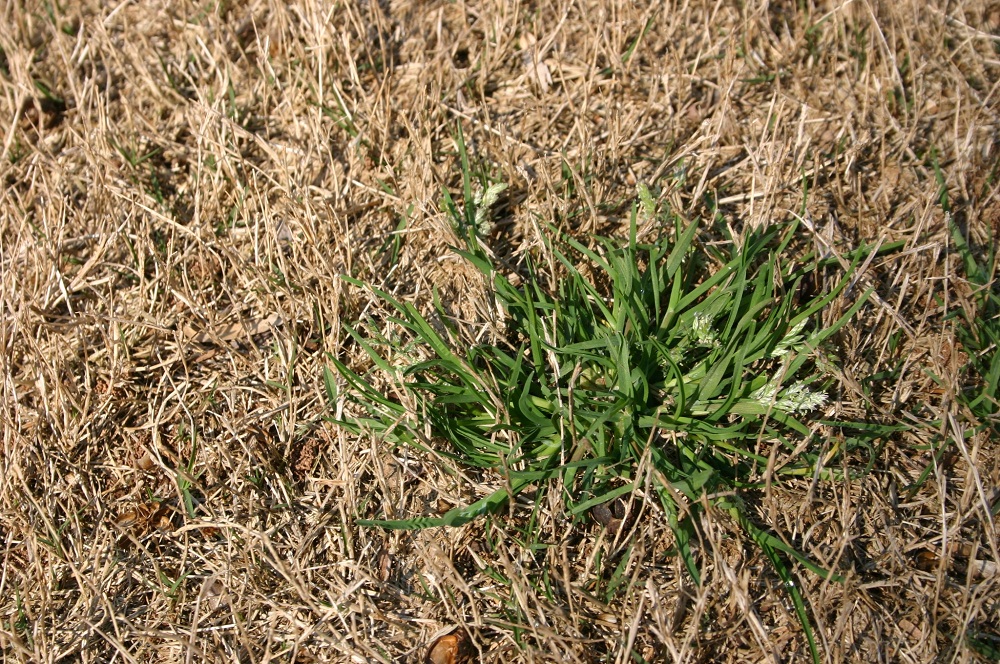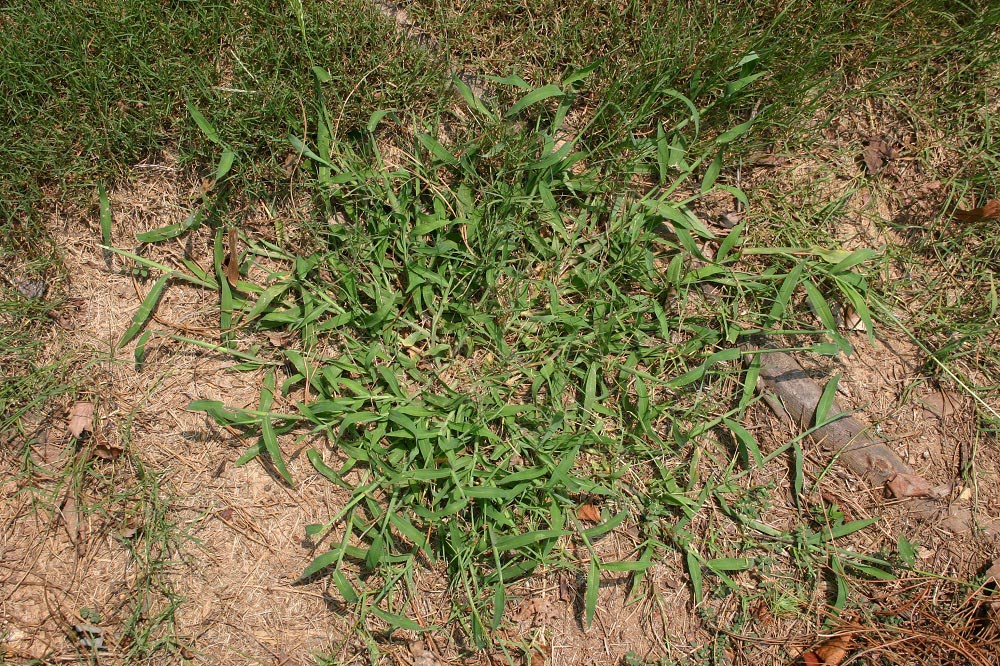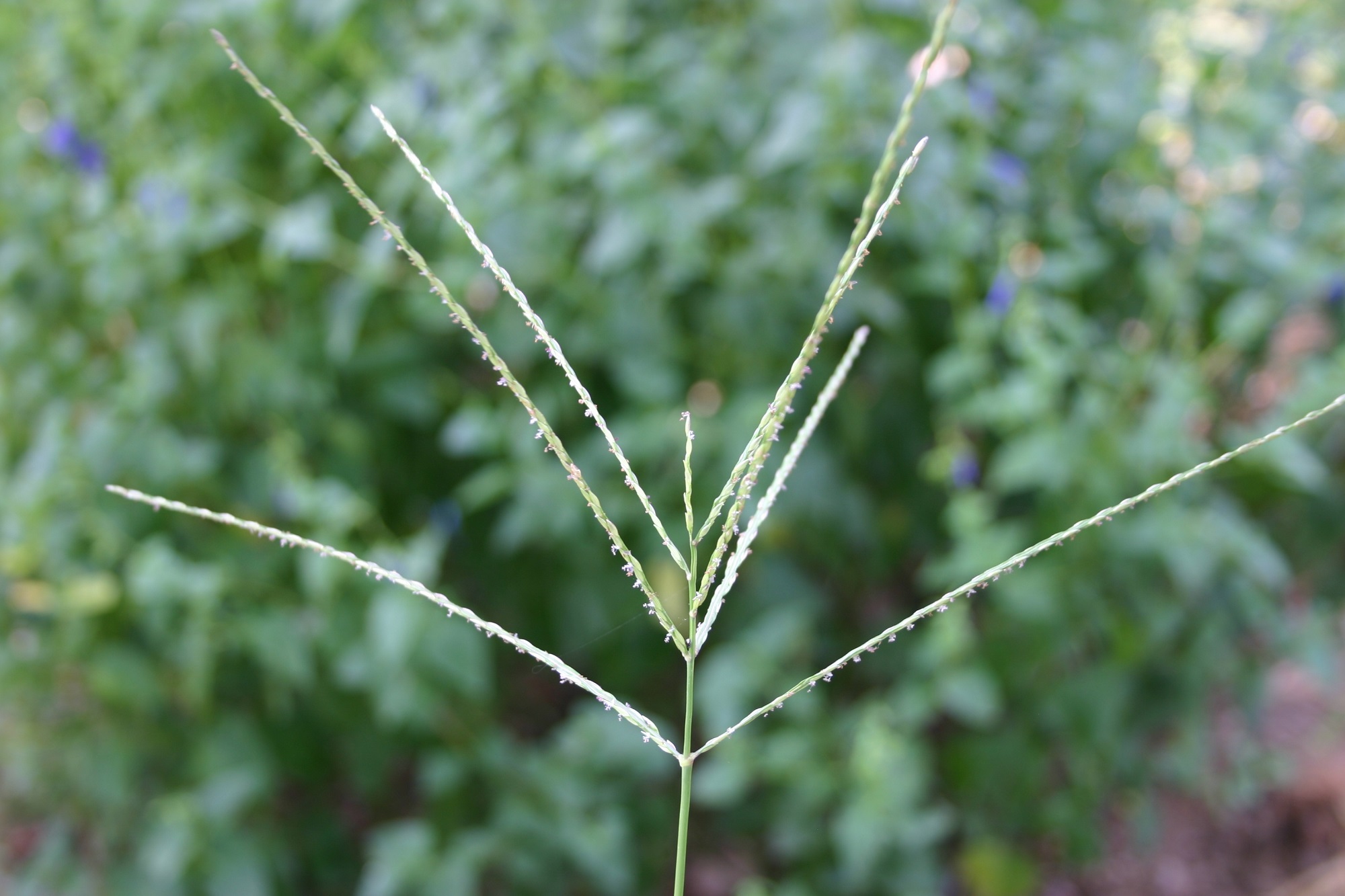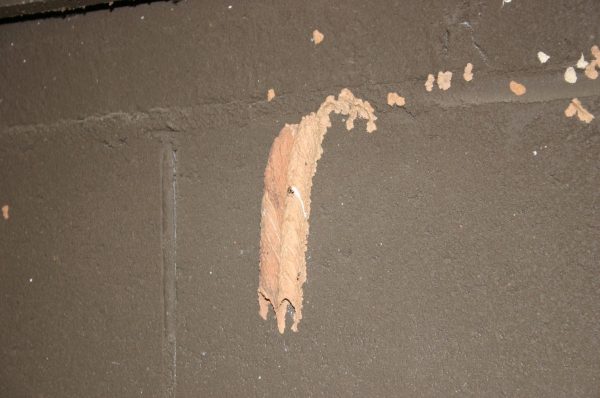Pre-emergent – When To Apply

Many garden tasks can be done almost any time. I’ve transplanted shrubs in July and in December and had success. I fertilize my St. Augustine lawn two times a year but I don’t do it on exact, specific dates.
On the other hand, there are two tasks that must be done before a specific date to get best results: your spring and fall pre-emergent (click for sources) applications.
A pre-emergent is a chemical that prevents seeds from germinating. If you wait until after they sprout, the pre-emergent doesn’t work.
Therefore, it’s important to know when winter weeds (chickweed, henbit, annual bluegrass) sprout and when summer weeds (crabgrass, goosegrass, etc) germinate.
Here’s all you need to know for the metro Atlanta area:
Typically, apply fall pre-emergent between Sept. 1 and Oct. 1 to control winter weeds. Specifically, apply when soil temperature at 2″ is 70 degrees and declining.
Check your soil temperature here.
Apply spring pre-emergent between March 1 and March 15 to control summer weeds. Specifically, apply when soil temperature at 2″ is 55 degrees and rising and no cold weather is forecast. So even though the soil temperature may be 55 degrees some days in January you should wait until your local weather person announces that your current warm weather will continue and it’s clear sailing, weather-wise, until spring.
Remember that pre-emergents have to be “watered in” with rain or irrigation within a week after application.
All of the following work well:
benefin (Amaze, Balan, Crabgrass Preventer)
bensulide (Betasan)
oryzalin (Surflan)
pendimethalin (Halts)
dithiopyr (LESCO 0-0-7, Pike Crabgrass Preventer, Dimension, Crab-Ex)
prodiamine (Barricade)
Identifying weeds from pictures

annual bluegrass in bermuda

henbit
crabgrass seedhead















